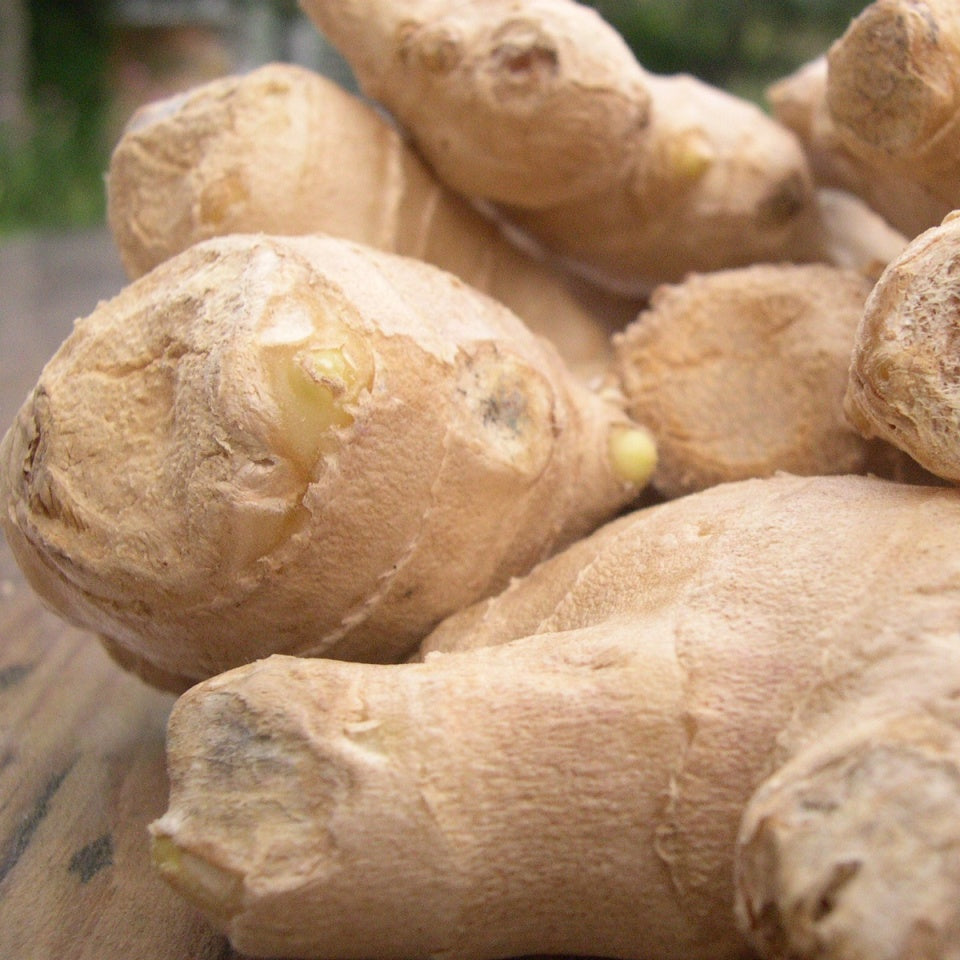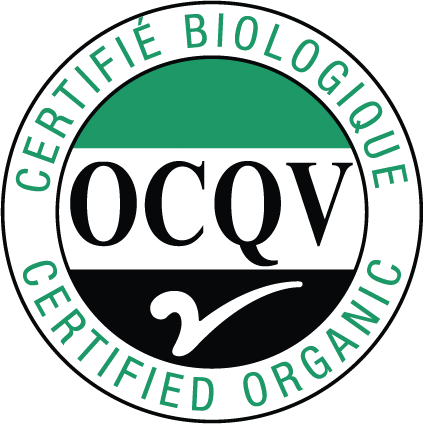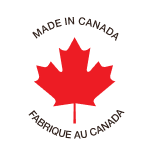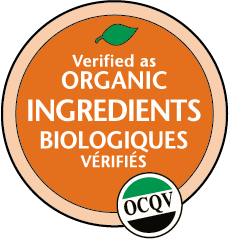





- Home
- Ginger (Zingiber officinale) - Organic Essential Oil
Ginger (Zingiber officinale) - Organic Essential Oil
Couldn't load pickup availability
| Latin name: Zingiber officinale |
| French name: Gingembre |
| English name: Ginger |
| Family: Zingiberaceae |
| Country of origin: Madagascar, Peru, India |
|
History and origin: Ginger is a perennial plant native to Asia, whose rhizome has been used for over 5,000 years for its culinary, condiment, and traditional uses. It was one of the first spices to be introduced to Europe, brought by Arab traders long before our era. At the time, it was called " zenj ," a term that also referred to the people of the east coast of Africa, from where the Arabs brought ginger—a region that gave its name to Zanzibar . Over the centuries, ginger has spread throughout the world. The Spanish introduced it to South America, and today it is cultivated in many tropical and subtropical regions. Ancient authors such as Dioscorides and Pliny the Elder mention its use in preparations intended to combat poisons, but also for its virtues renowned at the time: aphrodisiac, antiseptic and above all carminative. In China, sailors chewed the rhizome to prevent seasickness, while pregnant women used it to relieve morning sickness. Even today, ginger essential oil is often used diluted in massage or as a warm compress to relieve joint and muscle tension. A poetic extract from an ancient English veterinary treatise of the Salerno school illustrates well the traditional beliefs surrounding this powerful root:
|
Data sheet
Uses
Tips
Safety
Chromatography
FAQ
Filter by category


